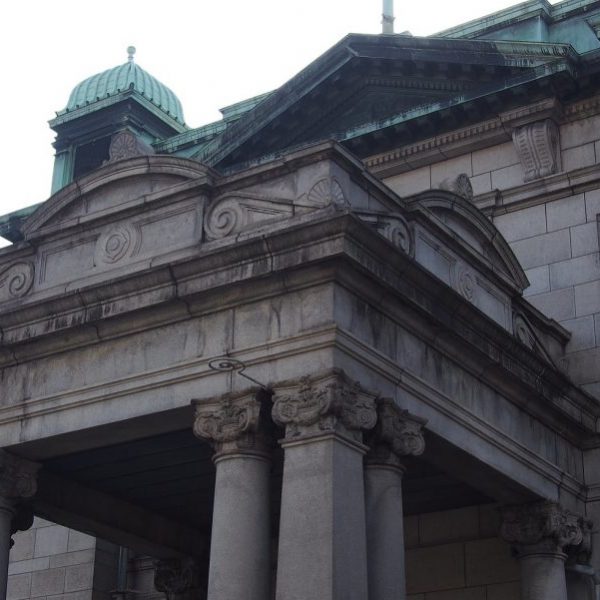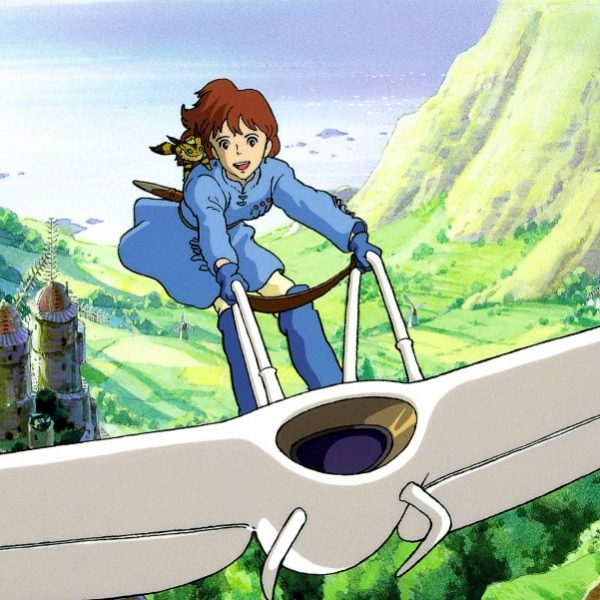The Mystery of Calligraphy, Remade
Jack O’Malley—
 The intersection of the western and eastern worlds has long fascinated scholars and students of artistic methods. The new book Remaking Tradition: Modern Art of Japan from the Tokyo National Museum, published in conjunction with an exciting exhibition currently on view at the Cleveland Museum of Art, explores many of these key themes, highlighting artwork produced by the Japanese in order to fulfill the criteria developed by western aesthetic tastes, works produced by Japanese pupils of Italians, and the works of other evolving Japanese artists. The products are a vast range of interesting, beautiful artworks.
The intersection of the western and eastern worlds has long fascinated scholars and students of artistic methods. The new book Remaking Tradition: Modern Art of Japan from the Tokyo National Museum, published in conjunction with an exciting exhibition currently on view at the Cleveland Museum of Art, explores many of these key themes, highlighting artwork produced by the Japanese in order to fulfill the criteria developed by western aesthetic tastes, works produced by Japanese pupils of Italians, and the works of other evolving Japanese artists. The products are a vast range of interesting, beautiful artworks.
The collection includes several fascinating works of calligraphy as well, fascinating both because of the mysterious quality of calligraphy to western viewers, and because of the status of calligraphy as one of the highest art forms in Japanese culture. It seems a difficult thing to reconcile the standards of western art and the Japanese’s esteem for calligraphy. By the end of the 19th century, this conflict had led to calligraphy’s demotion from the category of fine art, a massive and confusing shift in the status of calligraphy, as the book’s excellent historical essay by Matsushima Masato points out. In the modern artwork of Japan, calligraphy can be seen as regaining its status and its value as high art, but, even a hundred years later, might remain opaque to a western viewer, raised on the verisimilitude of realism, a spectrum of colors, and the familiarity of the romance languages.
But in our modern, global age, it’s reasonable to expect that the same tools of looking used to appreciate art in the west from Rembrandt to Pollock can lead western viewers to an appreciation of the art of calligraphy.
The most basic unit of art examination comes through the examination of line, and the artistic use of line is paramount in a work of calligraphy. In “Japanese Alphabet” the artist, Hibino Goho writes a poem that had been used for ages to teach the Japanese alphabet. In large characters, the artist mixes graceful twists and turns of the brush, the strokes evident on the screen, with bold, long, strong lines. The work rediscovers a method of representing characters in a large form; it recaptures an image of language through the inspired and deft use of line. This criterion, so often used to describe the work of western masters, is met too by this ingenious work of calligraphy.
Or take one of the most important questions asked of western art: composition, the overall arrangement of every figure in the space. Calligraphy allows the viewer to ask many questions of its composition. How are the individual characters arranged in relation to one another and in relation to the overall frame? Do the characters fit? The work “Poems” by Kusakabe Meikaku arranges characters formed by strong, confident lines in orderly rows. Upon careful examination, it becomes clear that Meikaku’s columns march along in harmony with one another—the columns find their own way to the bottom of the screen, naturally, and run like rivers next to one another. The sheer scale of composition makes the work impressive.

Poems on Calligraphy Masters, 1918 (Taishō 7). Kusakabe Meikaku (1838–1922). Pair of six-fold screens, ink on paper; 136.5 x 51 cm (each panel). Tokyo National Museum, B-2870. Click image to see full-size version.
Of course, the most useful tool for the appreciation of calligraphy remains, as with any art form, sustained appreciation. Great art rewards multiple, meditative viewings, and by that criteria alone, calligraphy places itself among the great art forms. In each calligraphic work, line and composition reveal the person behind the words, even when those words are unreadable. One senses in the work of Goho the intransience and timelessness of his poem, even without a reading of those words; Meikaku’s work makes the march of generations of which his poem speaks obvious in form. The degree to which calligraphy has remained inaccessible has a lot to say about the act of cultural understanding as well, and about those who believe the words foreign and impenetrable to be synonymous. The excellent project of Remaking Tradition becomes doubly important for its inclusion of calligraphy and its exploration the forms of artistic understand and evolution of modern Japanese art.
Jack O’Malley is a freshman at Yale and a student intern at Yale University Press

























